The Dead Letter Queue is simply a SQS Queue, so you could send a message to it like you would any other queue.
The DLQ is configured when you create your normal queue and you need to pass a arn of a queue that will be used as DLQ.
When you configure your DLQ you set the maxReceiveCount (Maximum receives on the console) that is the number of times a message is delivered to the source queue before being moved to the dead-letter queue. When the ReceiveCount for a message exceeds the maxReceiveCount for a queue, Amazon SQS moves the message to the dead-letter-queue.

If want to test the process to send messages to DLQs, you need to force in your tests an error on the queue messages' processing to send a message to the DLQ queue, this will be the best way to understand if the errors are going to the queue correctly.
The process to send messages to the DLQ can be done in the following ways:
You explicitly send a message to the DLQ, if you found some error and do not want to process the message or delete at that time.
If you read the messages more times than the maxReceiveCount and do not process the message (read and delete from the queue) the AWS SQS service will understand that you are having problems on that message and will send automatically to the DLQ for you. (eg. maxReceiveCount equals 1 and your read the message and did not delete 2 times)
To understand more about DLQs, take a look here: Amazon SQS dead-letter queues.
